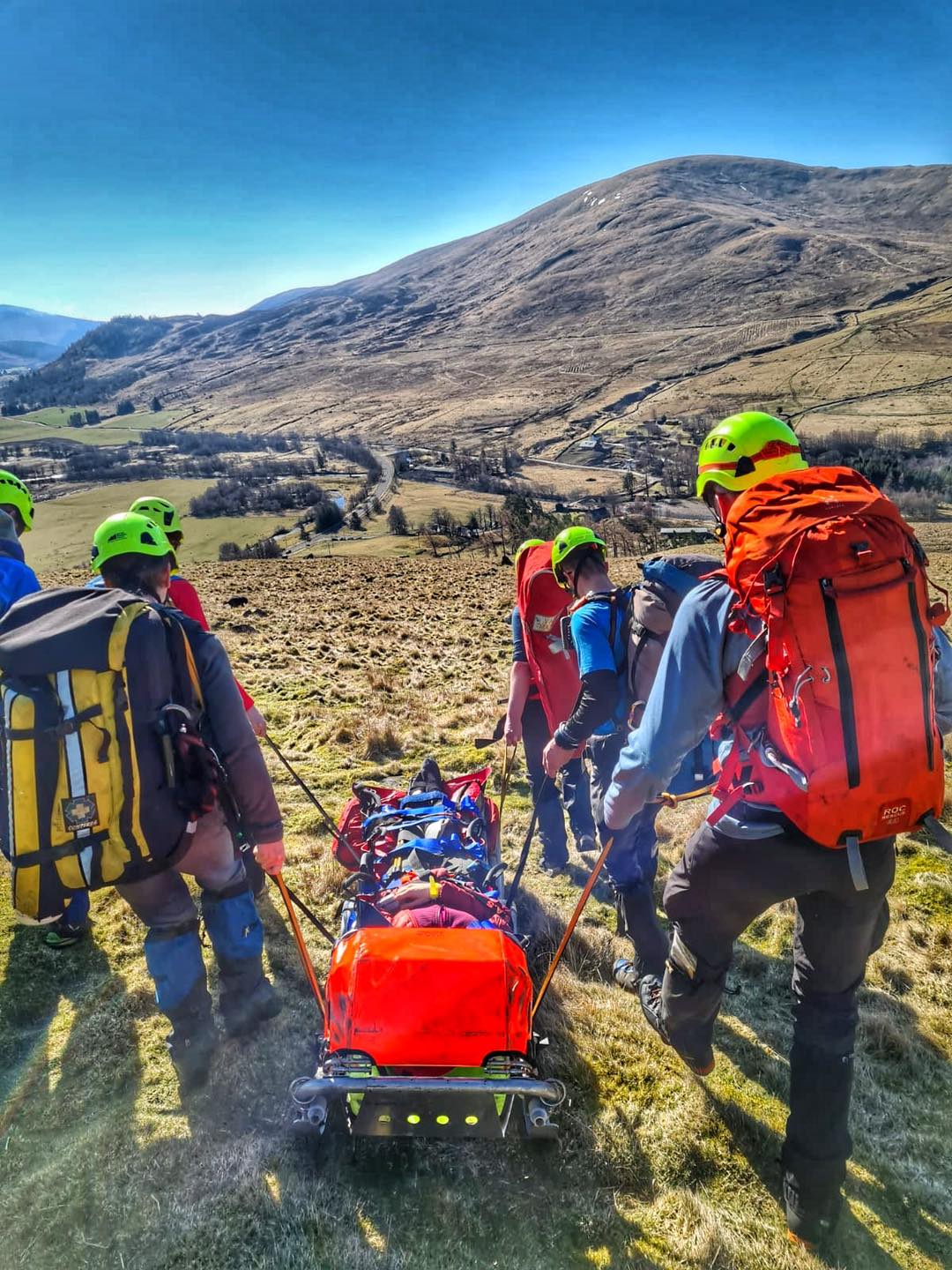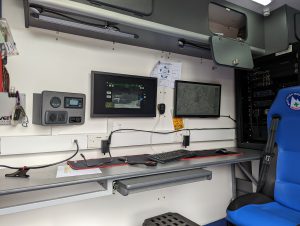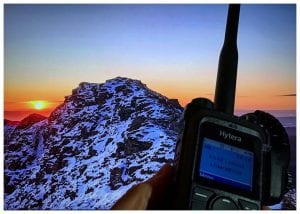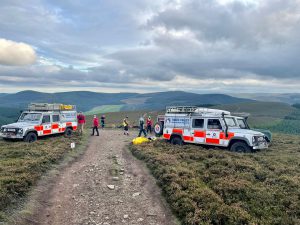Incident Manager or Juggler?

Incident Manager or Juggler?
Ochils MRT Team Member Kev Mitchell, explains how a call out is coordinated by the team Incident Manager
Incident Management is a highly skilled role that requires the ability to see many moving pieces and make a plan for all the pieces to come together. From the moment that the call is received to the follow up from a rescue, the Incident Manager is constantly juggling information from different sources. The Incident Manager treats all this information like different pieces of a puzzle, working out how best to fit everything together to coordinate the rescue in the best possible way, making sure that team members are kept safe and that the casualty is found and treated as quickly as possible.
Incident Management has become a lot more sophisticated over the years. Recent years have seen much more ‘partnership’ working, with team leaders liaising and coordinating with a variety of partners from Police Scotland to HM Coastguard and even local councils to ensure the rescue is well- coordinated and runs as smoothly as possible.
So, what happens in the mind of an incident manager when the phone rings at 1.00am with a call out?
The first thing to consider is what information you have, what more would you like and what is the level of urgency and risk to the casualties.
To call out or not to call out – that is the question – does the scenario dictate a full team call out, a partial team call out or standby until further information is received. Again, an assessment of risk to the casualty and to the team is critical and all needs to be considered and decided on in a matter of minutes. Obviously, weather and time of day plays an important part in the decision-making process.

If the team is to be called out, an appropriate rendezvous point (RV) is agreed with Police Scotland.
At this point, the juggling begins . . . planning the search or rescue based on the information available, planning for what resources (team members, vehicles and kit) are required and ensuring all are at the RV point in time, as well as managing to brief hill leaders.
It can be a challenge on a search if you need to have multiple search teams perhaps starting from different locations – the management of this is critical and a logical approach is vital, as is writing down task sheets and having then visible to provide situational awareness. It is critical to provide a clear briefing to hill leaders and to confirm radio channels and provide an overview of neighbouring search parties. We are lucky in having state of the art radios, which can provide a visual representation of team members’ positions on the mapping software, which is fabulous when it works, if not, it’s back to clear briefings which can assume we may have limited comms and may give additional search areas to move onto. Again, understanding the radio and mobile phone black spots is critical to understanding how you can organise the comms – all part of the incident manager toolbox.

At the same time, the incident manager will likely get updates from the police and others – so the ‘golden’ hour for an incident manager is the first hour and getting successfully through that should provide some respite to collect their thoughts and consolidate the logs and refine their strategies. At this point, the incident manager can start to think about what other scenarios might occur and plan for them.
If a search is becoming protracted the incident manger should be considering additional resources and strategies to gather more information to inform the decision-making process. This can involve requesting social media information and further enquiries by the police. We can look to technology to assist the search process; there could be Strava links or specialist apps that may assist. We can call on additional mountain rescue teams to assist and this capacity to work together is one of the strengths of Scottish Mountain Rescue.

We hope that by managing the incident well and a huge amount of effort by our volunteers on the hill, we will find, treat and evacuate the casualty. At this point another intense period of activity is triggered for the incident manager – the priority now is to assist the hill parties to get the required resources to the casualty and to organise the logistics of the evacuation, i.e. vehicles, evacuation routes, liaising with Police Scotland and the Scottish Ambulance Service or HM Coastguard. In addition, it is always a good plan after a long rescue to think about the welfare of the team members and ensure hot drinks and food are available when they return.
It is tempting to stand folks down as soon as possible but a ‘hot’ debrief is a very good way to pick up the good and not so good aspects of a call out.
So that’s it then – call out sorted, casualty found and back home – well actually no, consideration needs to be given to team members’ wellbeing, especially after a long, traumatic call out, and follow up calls to team members over the next few days is to be encouraged.
Remember, if you need assistance from Scotland’s volunteer mountain rescue teams remember dial 999 and ask for Police, then Mountain Rescue.